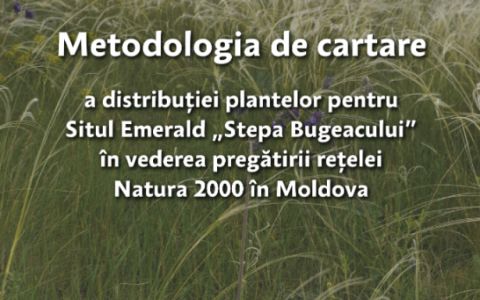This study is focused on mapping pollution by POPs (Persistent Organic Pollutants) in the vicinity of two facilities processing e-waste (electroni waste) in Chachoengsao province, and one site affected by the disposal of sludge of unknown origin (Hat Nang Kaeo) in Prachinburi province, in Thailand. We focused on POPs which are used as additives in electronic equipment and plastic used for its casing, such as, for example, brominated flame retardants (BFRs), short-chain chlorinated paraffins (SCCPs), and others. We also focused on POPs produced unintentionally during the production of BFRs, and particularly during incineration and other thermal processes used for the disposal and recycling of plastics from e-waste.
Contamination with POPs was revealed at all three locations researched in this study, Khao Hin Son Moo 9 - Nong Khok, Khao Hin Son Moo 1, and Hat Nang Kaeo. The highest levels were observed in the surroundingsof the Supcharoen Recycle Co. Ltd. factory, in the village of Nong Khok, where contamination of the food chain was confirmed by high levels of some POPs in free-range duck eggs. The dismantling and incineration of e-waste is most likely to be the source of this serious contamination. The dumping of industrial sludge from a drum “donated” by a factory to villagers caused serious contamination with SCCPs.







